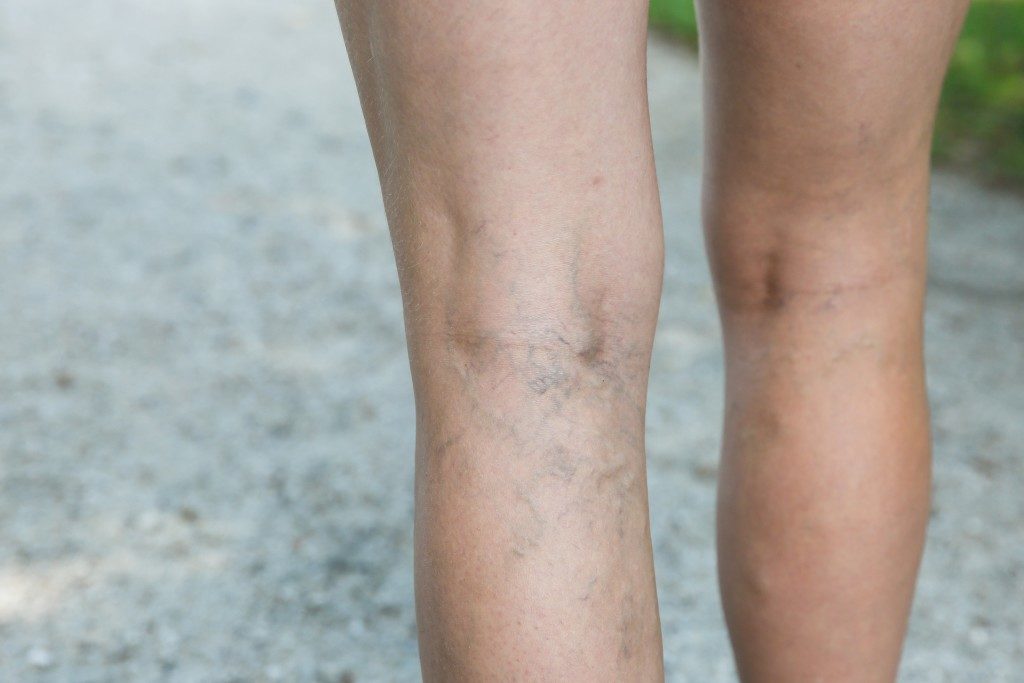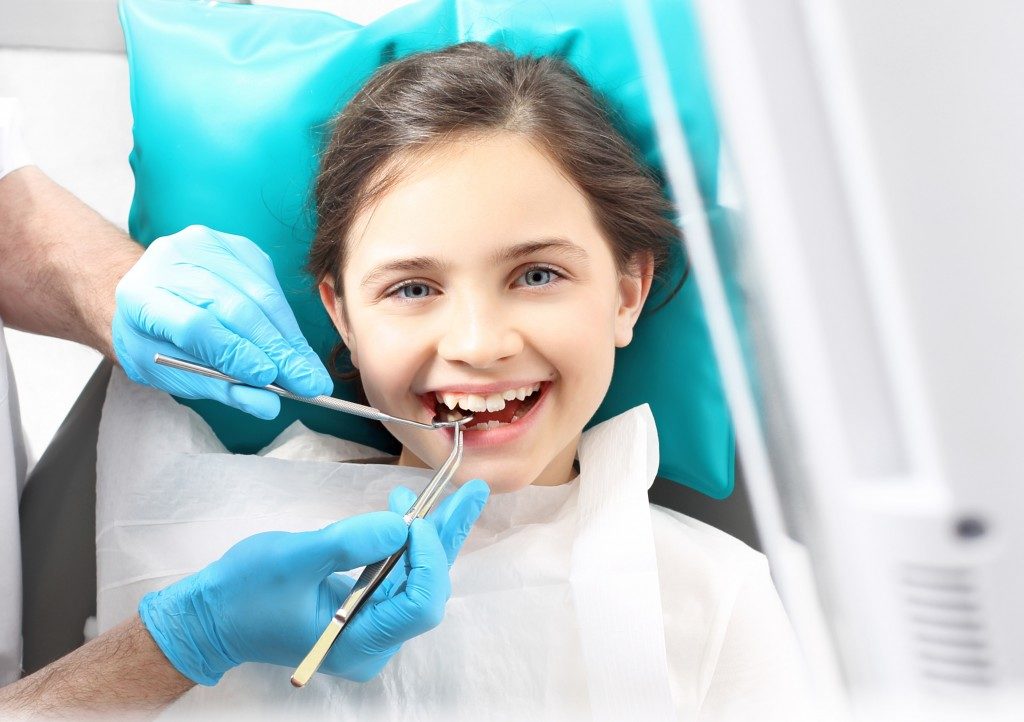- Malocclusion is the misalignment of teeth and jaws, which can cause discomfort, pain, and difficulties chewing, speaking, and breathing.
- Common causes of malocclusion include genetics, trauma, teeth grinding/clenching, and abnormal growth of the jaw.
- Symptoms of misaligned jaws include difficulty chewing/biting and speech difficulties.
- Treatments for misaligned jaws can include surgery or orthodontic work with braces or clear aligners.
- It is essential to seek professional help if you suspect you have malocclusion.
When people talk about misaligned jaws, they usually refer to a condition known as malocclusion. Simply put, malocclusion is the misalignment of the teeth and jaws, leading to discomfort, pain, and problems chewing, speaking, and breathing.
But what causes misaligned jaws, and what can be done to treat this condition? Here’s everything you need to know about misaligned jaws, including their causes, symptoms, and treatments.
Causes of Misaligned Jaws
The jaw is one of the most essential parts of our body. It is responsible for our ability to chew, speak, and even breathe properly. However, sometimes the alignment of the jaws can be off, causing discomfort, pain, and difficulties in performing these basic functions. Here are the common causes of misaligned jaws:
Genetics
One of the most common causes of misaligned jaws is genetics. If your parents or grandparents had a misaligned jaw, chances are you may develop the same condition. This is because your DNA largely determines the structure and shape of your jaws. Thus, if the genes responsible for the development of the jaw are flawed, it can lead to a misaligned jaw.
Trauma
Another cause of misaligned jaws is trauma. This can occur due to accidents, falls, or blows to the face. Such injuries can cause damage to the bones and muscles that make up our jaws, resulting in a misaligned jaw.
Teeth Grinding and Clenching

Teeth grinding or bruxism is the habit of unconsciously clenching or grinding your teeth. This can exert a lot of pressure on your jaws resulting in a misaligned jaw. If left untreated, teeth grinding can cause the teeth to wear down, leading to further misalignment of the jaw.
Abnormal Growth of the Jaw
Sometimes, the jaw may grow abnormally, leading to a misaligned jaw. This can occur due to a hormonal imbalance or conditions such as acromegaly, which results in excessive bone growth.
Symptoms of Misaligned Jaws
The symptoms of malocclusion vary depending on the severity of the condition. In some cases, a misaligned jaw may cause no noticeable symptoms. In other cases, the following symptoms may be present:
- Difficulty chewing or biting
- Pronounced underbite or overbite
- Speech issues or difficulty pronouncing certain sounds
- Breathing complications
- Jaw pain or discomfort
- Teeth grinding or clenching
- Headaches or ear pain
If you experience any of these symptoms, it’s essential to seek dental care to ensure proper diagnosis and treatment.
Treatments for Misaligned Jaws
The good news is that several treatments can help remedy the situation, ranging from orthodontic work to surgery. Here’s a closer look at the different treatments available for misaligned jaws to give you a better idea of your options if you’re dealing with this issue.
Surgery

Although some minor malocclusions can often be remedied with orthodontic treatment, more severe cases may require surgery. If you are dealing with jaw misalignment, you must seek help from a trusted oral and maxillofacial surgeon who can work with you to develop a personalized treatment plan that suits your needs.
Managing jaw misalignment is about more than just function – it’s about improving your quality of life, and a skilled surgeon can help make that happen.
Orthodontics
Many people with misaligned jaws turn to orthodontics as their first port of call. Orthodontic treatment often involves braces to help shift teeth into the correct position, ultimately affecting the jaw’s alignment.
Sometimes, a jaw needs repositioning, and orthodontics can be paired with special orthopedic appliances, like headgear, to aid in correcting the issue. Additionally, traditional braces can help fix a misaligned bite, giving the jaw time to adjust to a natural resting position. Clear aligners are another option for straightening teeth without metal wires and brackets.
The Bottom Line
In conclusion, misaligned jaws or malocclusion can be a painful, uncomfortable, and frustrating condition to deal with. However, with proper diagnosis and treatment, improving the situation and restoring normal bite and jaw function is possible.
If you suspect that you may have malocclusion, you must schedule an appointment with your dentist or orthodontist to discuss your symptoms, concerns, and treatment options. Remember, the sooner you seek treatment, the better your chances of achieving optimal results.




